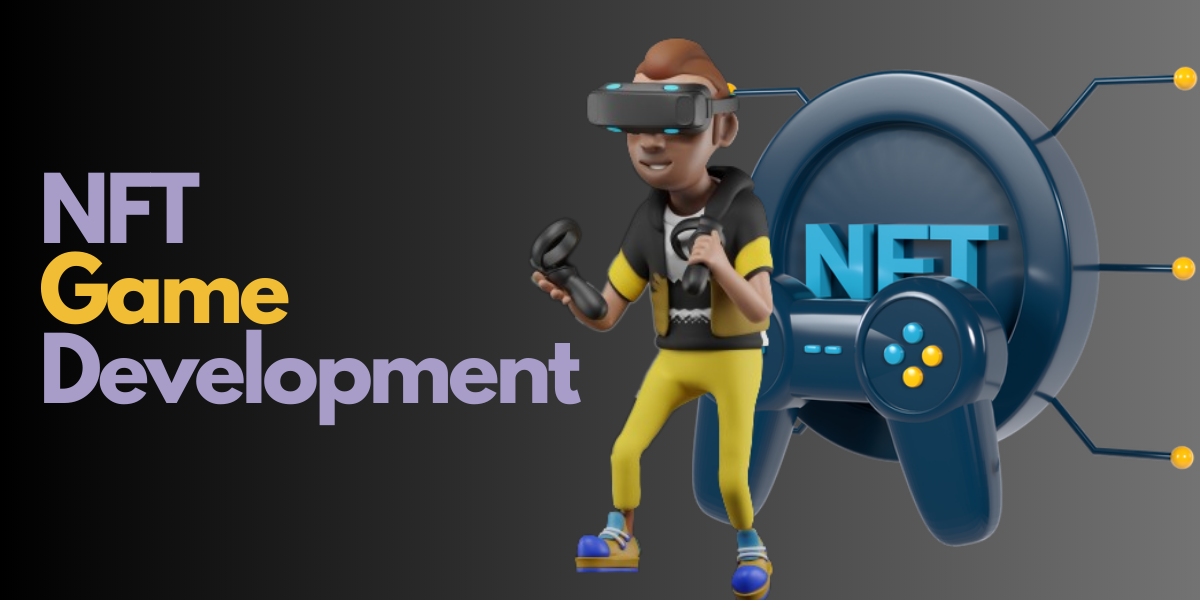Understanding Serverless Computing
Serverless computing has transformed how developers build and deploy applications. Serverless computing has revolutionized the way developers build and deploy applications. By abstracting the underlying infrastructure, serverless computing allows developers to focus solely on code, leading to faster development cycles and reduced operational costs. This article delves into the concept of serverless computing, its benefits, challenges, and common use cases, providing a comprehensive understanding for those looking to adopt this innovative approach.
What is Serverless Computing?
Serverless computing is a cloud-computing execution model in which the cloud provider dynamically manages server allocation and provisioning. Despite its name, serverless computing does involve servers; however, they are abstracted away from developers, who no longer need to manage or maintain them.
How It Works
In a serverless architecture, developers write code in the form of small, stateless functions, which are then executed by the cloud provider in response to specific events. These functions are typically short-lived and scale automatically based on demand. The billing is based on the actual usage of resources, such as the number of requests or the execution time of the functions.
Benefits of Serverless Computing
Cost Efficiency
One of the most significant advantages of serverless computing is its cost-efficiency. Since billing is based on actual usage rather than pre-allocated capacity, organizations can save money by avoiding over-provisioning.
Scalability
Serverless architectures inherently support automatic scaling. Functions automatically scale up to handle increased loads and scale down when demand decreases, ensuring optimal performance without manual intervention.
Reduced Operational Overhead
By abstracting server management, serverless computing reduces the operational overhead associated with maintaining and updating infrastructure. This allows development teams to focus on writing code and deploying new features.
Faster Time to Market
The simplified deployment process and reduced need for infrastructure management enable faster development cycles, allowing organizations to bring products and features to market more quickly.
Challenges of Serverless Computing
Cold Start Latency
One of the primary challenges of serverless computing is cold start latency. This occurs when a function is invoked after a period of inactivity, leading to a delay as the cloud provider provisions the necessary resources to execute the function.
Limited Execution Time
Serverless functions typically have a maximum execution time, which can be restrictive for certain long-running tasks. Developers need to design their applications to work within these constraints or use alternative solutions for longer processes.
Vendor Lock-In
Relying on a specific cloud provider’s serverless platform can lead to vendor lock-in, making it challenging to migrate to another provider without significant changes to the codebase.
Debugging and Monitoring
The abstracted nature of serverless computing can complicate debugging and monitoring. Traditional tools may not work as effectively, and developers may need to rely on cloud provider-specific solutions to gain insights into function performance and issues.
Common Use Cases
Microservices
Serverless calculate suits the building of microservices architectures well, allowing developers to compose applications of small, independently deployable services. Implementing each service as a serverless function simplifies development and deployment.
Event-Driven Applications
Serverless functions are ideal for event-driven applications, such as those responding to changes in a database, user uploads, or messages in a queue. The ability to automatically trigger functions in response to events makes serverless computing a natural fit for these scenarios.
Backend for Mobile and Web Applications
Serverless computing can be used to build scalable and cost-effective backends for mobile and web applications. Functions can handle tasks such as API requests, authentication, and data processing, allowing front-end developers to focus on the user experience.
IoT (Internet of Things)
IoT applications often require processing large volumes of data from numerous devices. Serverless computing can efficiently handle this data processing, scaling dynamically to accommodate varying loads.
Conclusion
Serverless determine offers a compelling approach for building and deploying applications with reduced operational overhead, automatic scaling, and cost efficiency. While there are challenges to consider, such as cold start latency and potential vendor lock-in, the benefits often outweigh these drawbacks for many use cases. As the technology continues to evolve, it is likely that serverless computing will become an increasingly integral part of modern application development.
Frequently Asked Questions (FAQs)
What is the difference between serverless computing and traditional cloud computing?
Traditional cloud workout involves provisioning and managing servers or virtual machines, whereas serverless computing abstracts these details, allowing developers to focus solely on writing code. Billing in serverless computing is based on actual usage rather than pre-allocated resources.
How does serverless computing handle scaling?
Serverless computing platforms automatically scale functions up or down based on demand. This ensures that the necessary resources are available to handle current workloads without manual intervention.
Are there any security concerns with serverless computing?
While serverless calculate can enhance security by abstracting infrastructure management, it also introduces new challenges, such as ensuring secure communication between functions and managing sensitive data within functions. Developers need to follow best practices for securing serverless applications.
Can serverless computing be used for long-running tasks?
Serverless functions typically have a maximum execution time, which can limit their suitability for long-running tasks. For such tasks, developers might need to break the process into smaller functions or use alternative solutions like managed workflows or container-based services.
What are some popular serverless figure platforms?
Some popular serverless calculate platforms include AWS Lambda, Google Cloud Functions, Microsoft Azure Functions, and IBM Cloud Functions. Each platform offers unique features and integrations, catering to different use cases and development needs.









